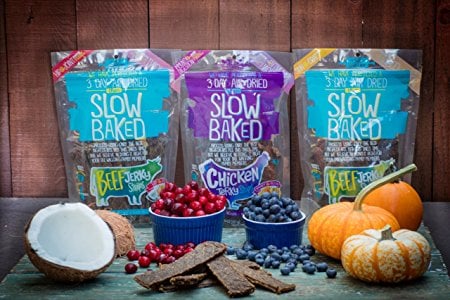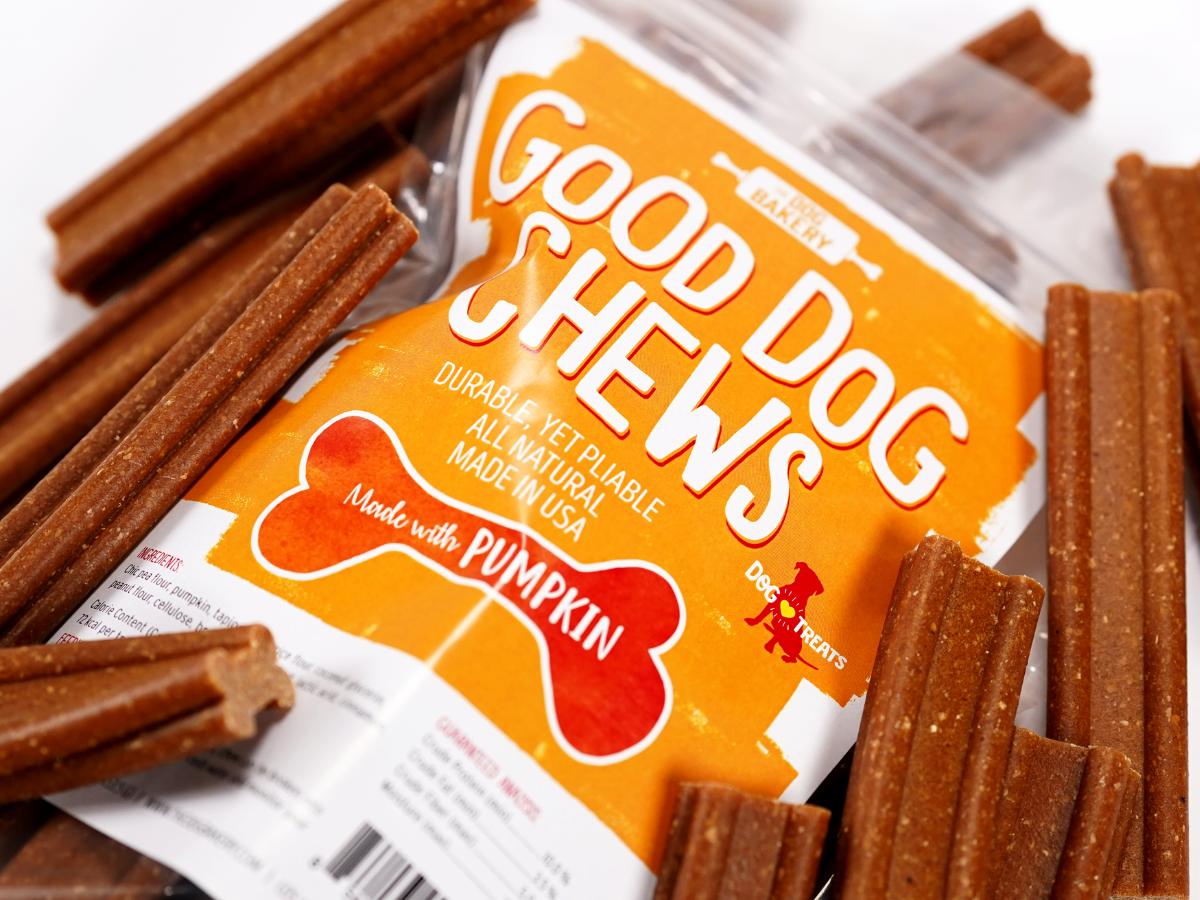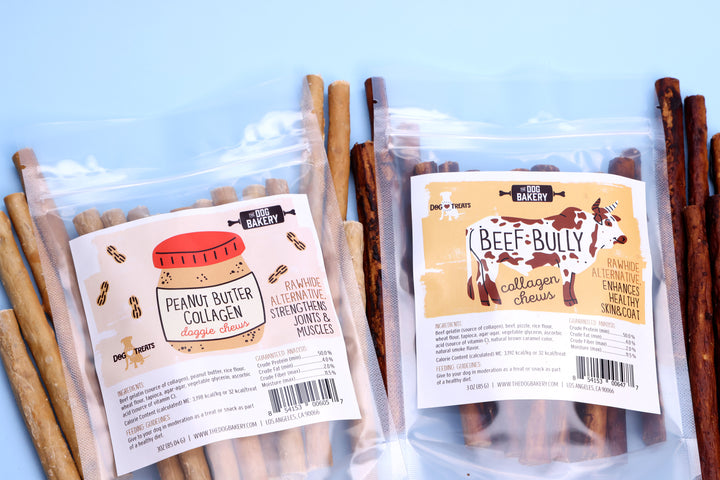The Schnoodle: A Doodle with a Mustache. [With Photos]
The Schnoodle—sometimes called a Schnauzerdoodle, a Teddy Bear Schnoodle, or misspelled as “Shnoodle”—is a mix of any type of Schnauzer and type of Poodle. Ranging in size from the extra-large 80-pound Giant Schnoodle to the dainty 10-pound Toy Schnoodle, there’s lots of variety in this mixed dog breed.
If you’ve been searching for a goofy, energetic, cuddly dog, the Schnoodle might be your perfect pup! In this guide, we cover everything you need to know before you commit to getting a Schnoodle of your own.
Meet 6 Teddy Bear Schnoodles from Instagram
If you hadn’t guessed, Schnoodles are sometimes called Teddy Bear Schnoodles because they really do look like living teddy bears! Let’s take a look at six adorable Schnauzer Poodle mixes from Instagram.
1. Coco the Toy Schnoodle
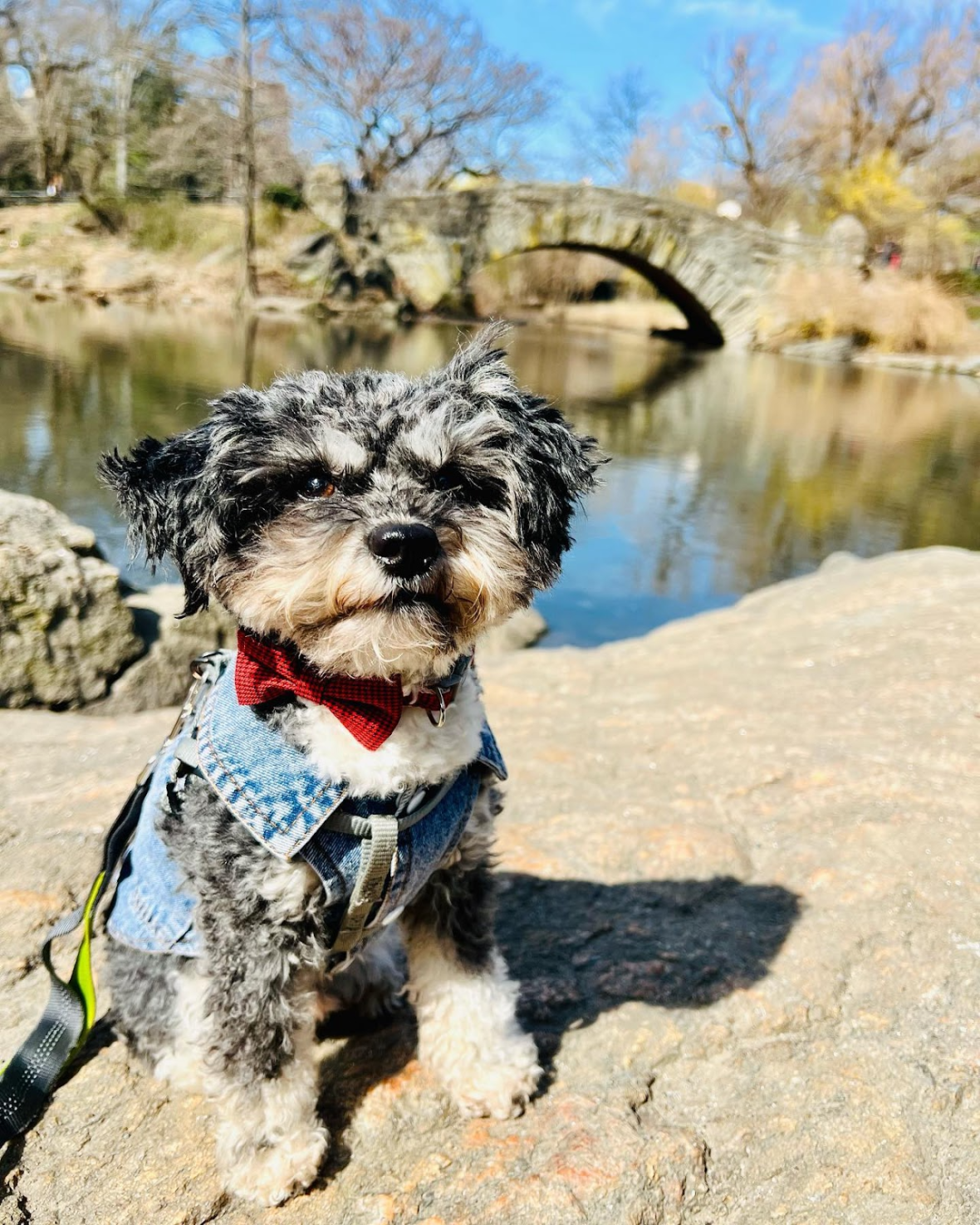
Tiny little Coco is a Toy Schnoodle, which means he’s a mix of Toy Poodle and Miniature Schnauzer. Other than being naturally adorable, Coco can also rock any outfit his humans put him in—just look at how well he wears that jean vest and bow tie!
2. Oliver the Mini Schnoodle
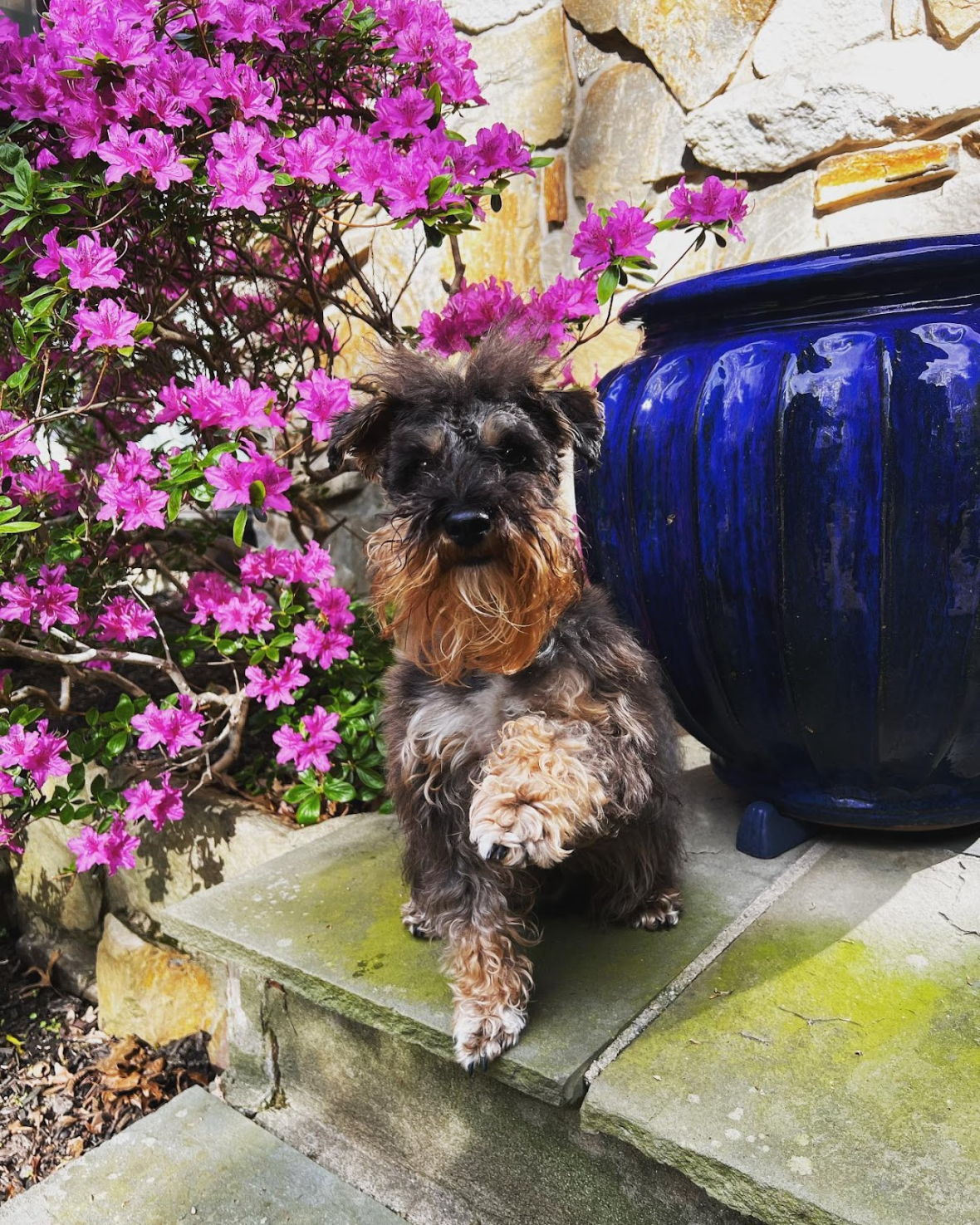
Some Schnoodles look a lot like their Schnauzer parents but with an impressively fuzzy coat! Oliver is a great example of this, just look at his mustache and beard. He’s a Mini Schnoodle, which means one of his parents was a Miniature Poodle and the other was a Miniature Schnauzer.
3. Bino the Standard Schnoodle
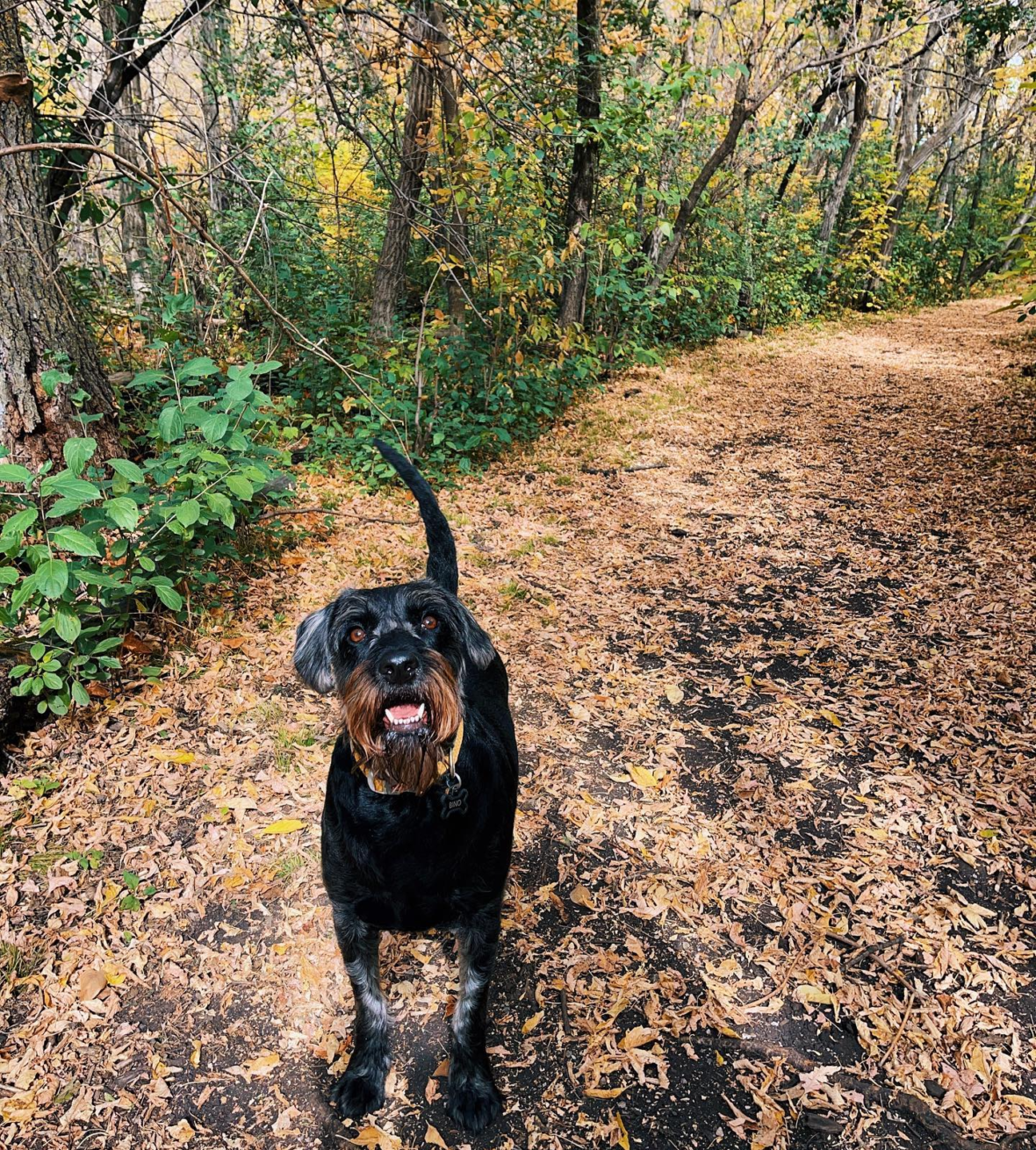
This handsome gentleman is Bino, a Standard Schnoodle from Winnipeg in Manitoba, Canada. While most Standard Schnoodles are a mix of Standard Poodle and Standard Schnauzer, Bino is actually a mix of Moyen Poodle (a lesser-known medium-sized Poodle) and Standard Schnauzer.
4. Watson the Giant Schnoodle
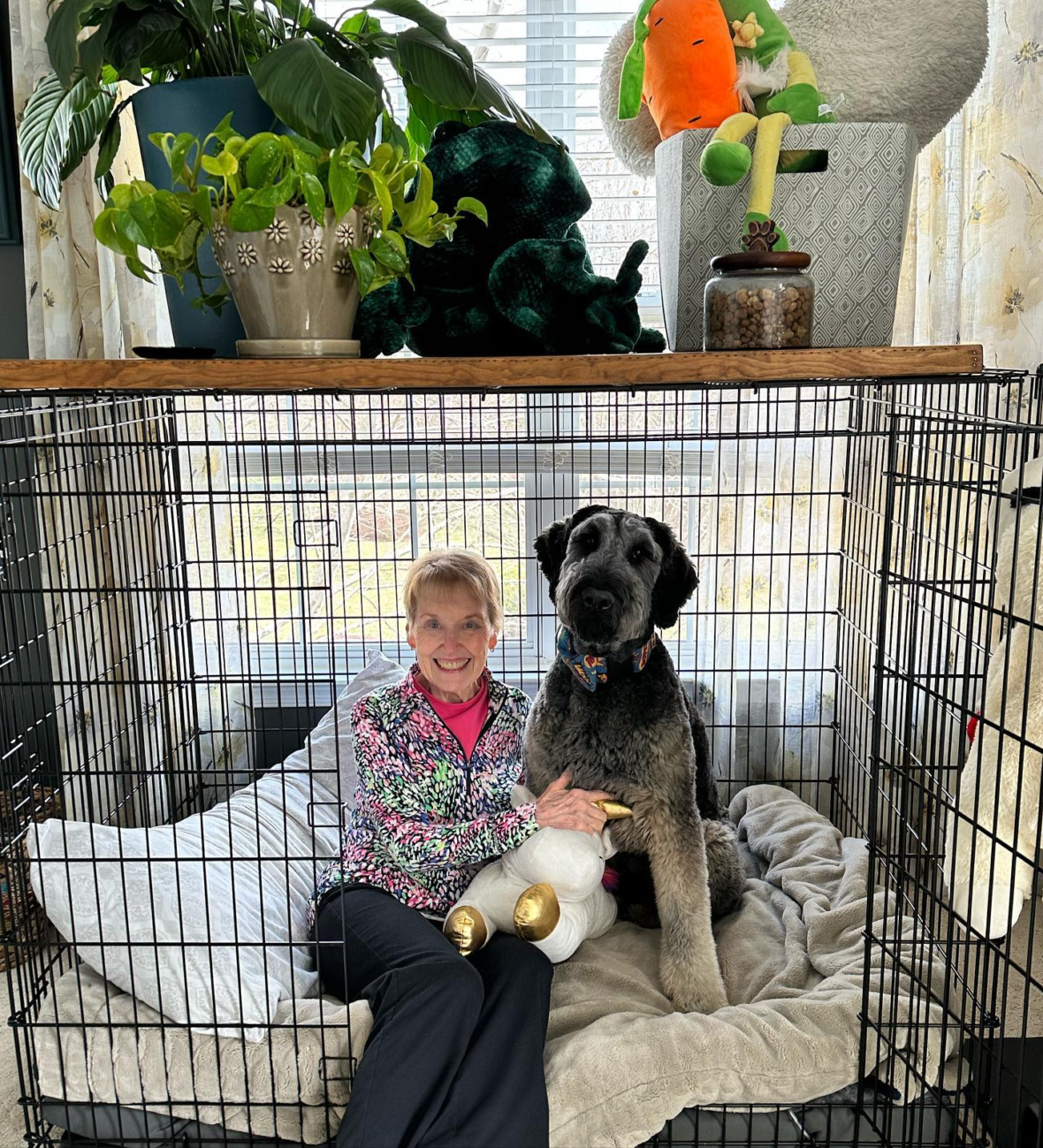
Meet Watson! Living up to his breed, Watson is absolutely huge, and he’s just barely a year old in this photo! Giant Schnoodles are a mix of Standard Poodle and Giant Schnauzer, and they don’t reach their full size until around 2 years old.
5. Zeek the Giant Schnoodle
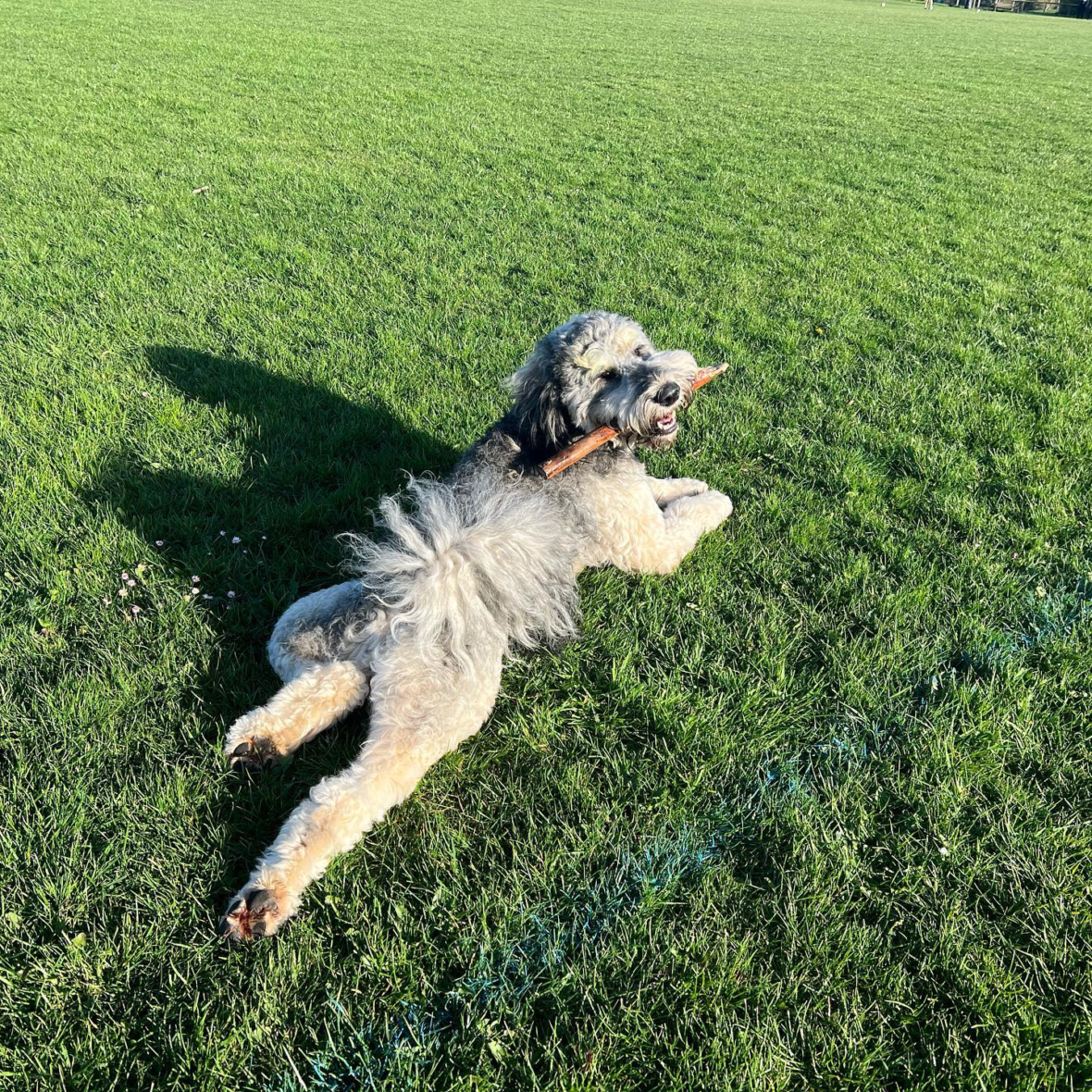
Zeek is a happy-go-lucky Giant Schnoodle who will find a way to lay in the sunshine no matter where he is!
6. Snooki the Mini Schnoodle
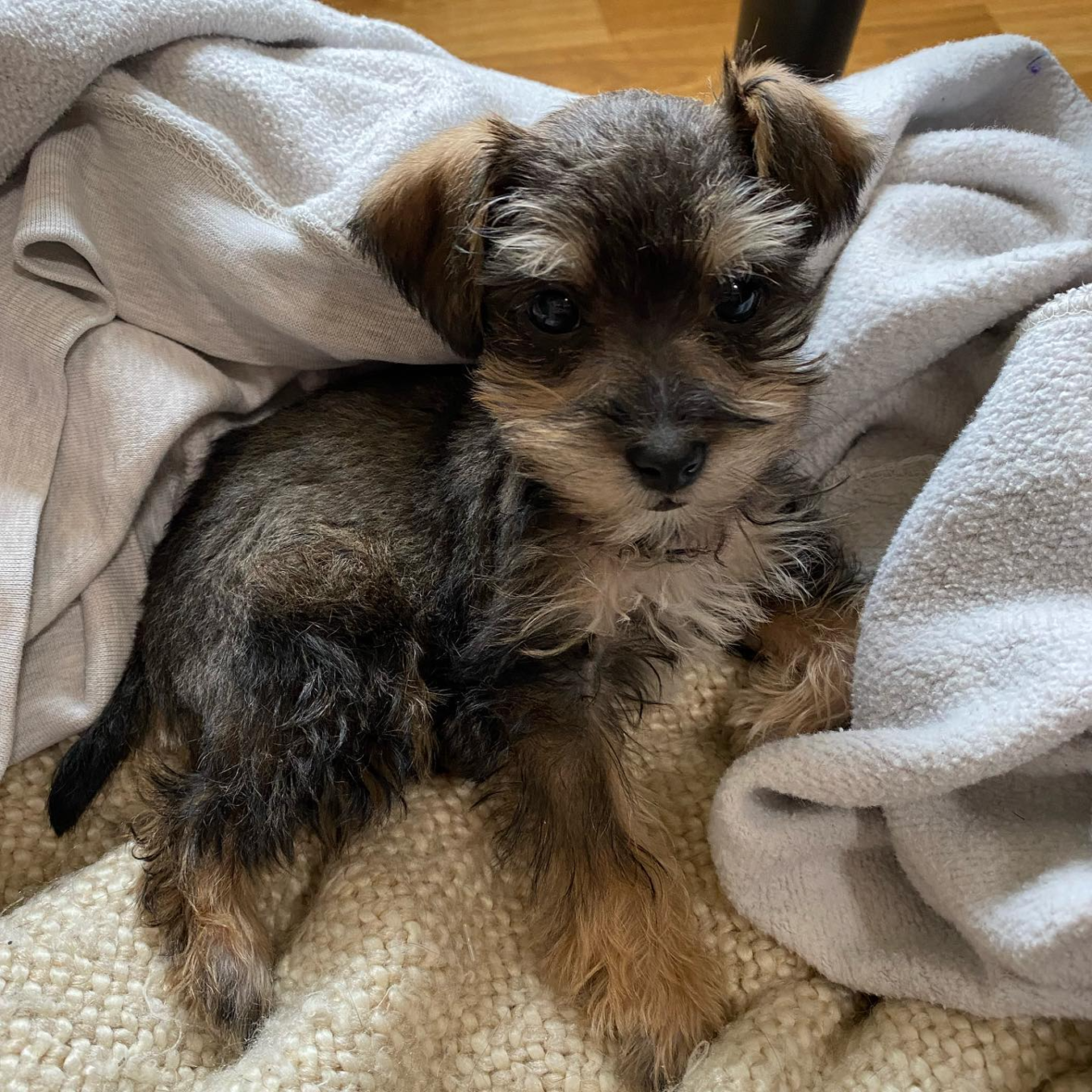
You didn’t think we’d show you a bunch of cute Schnoodles without also showing you teddy bear Schnoodle puppies, did you? Meet Snooki! Now all grown up, this is Snooki from a little over a year ago when she was just a tiny ball of fluff. Take a look at Snooki now that she’s a big girl:
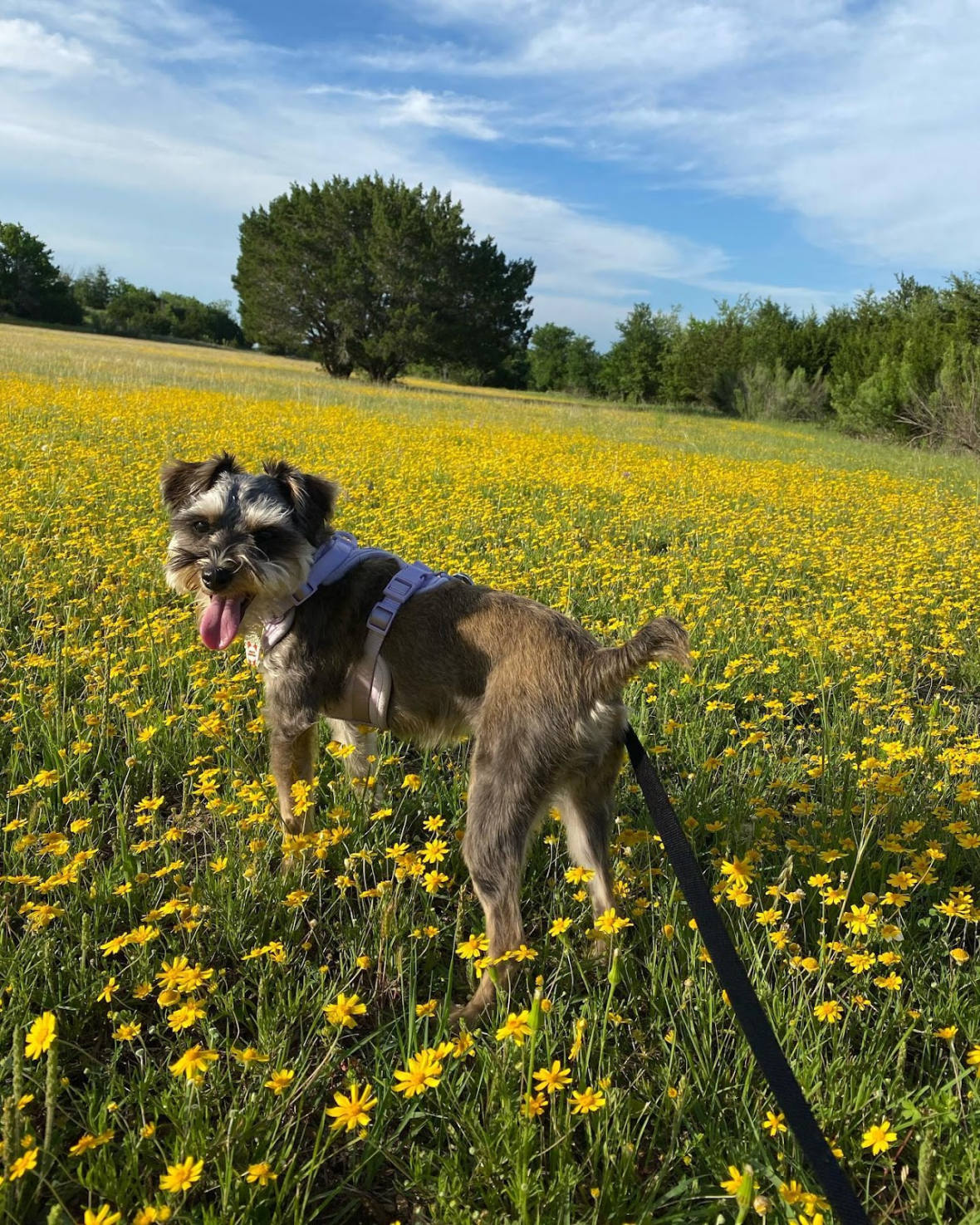
7. Giant Schnoodle Puppies
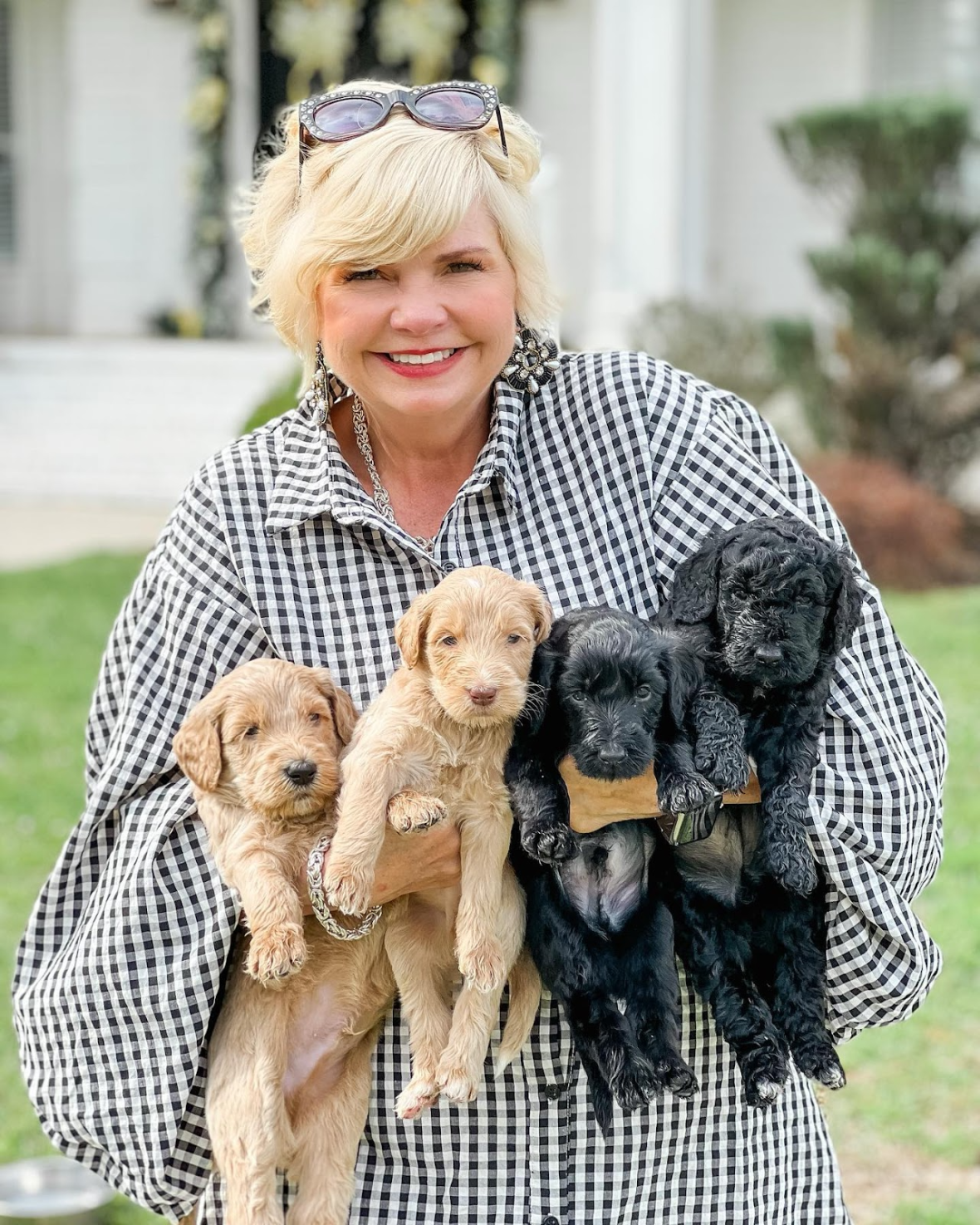
Okay, we couldn’t resist adding one extra photo because look at these adorable Giant Teddy Bear Schnoodle puppies! Bred by Smeraglia, Schnoodles from these bloodlines are tall, fluffy, and so darn sweet.
Schnoodle Basic Info
The Schnoodle dog has steadily risen in popularity, becoming one of the more commonly sought-after mixed breeds. Poodle mixes (or Doodles) have in part gained popularity thanks to their potential to be low-shedding. Schnauzers are a low-shedding breed, and when the Poodle and the Schnauzer are mixed, their puppies have an almost guaranteed chance of being low-shedding.
Of course, the compatibility of their coats isn’t the only thing to consider when crossing purebreds. In the case of Schnoodles, the combination of two sometimes high-strung and hyper-alert personalities can produce highly active dogs. Not a mix breed dog for someone with a low-energy lifestyle or a demanding job, the Schnoodle might be perfect for you if you’re looking for a dog with Energizer Bunny vibes!
Schnoodle Temperament
The best way to get to know any dog breed is by consulting people that own them! In the case of Schnoodle owners, most agree that these pups are high-energy, affectionate, and loyal to their humans. Let’s take a look at some comments from a Reddit thread asking people to share their experiences owning a Schnoodle.
“Calm is the last word I’d use to describe my Schnoodle. I loved him, and in his old age he spent most of his time sleeping, but that boy was the most high-strung dog anyone had ever met,” says a comment from PitifulGazelle8177.
Calm is the last word I’d use to describe my Schnoodle. I loved him, and in his old age he spent most of his time sleeping, but that boy was the most high-strung dog anyone had ever met,” says a comment from PitifulGazelle8177
“He was ALWAYS anxious, if he wasn’t within 2 feet of my mother’s heels he was flipping out. If someone walked passed our house he’d bark for five minutes and you could pick him up, walk him away from the window, and sit him on your lap, he’d still be barking. He believed deeply in his heart of heart that he was a guard dog. He was 8 lbs.”
“I have a three-year-old Schnoodle. He is the love of my life. Very cute and loving. Incredibly loyal. He is calm unless…he hears someone at the front door. Then he barks,” says a comment from Cleggcompofoggy. “Other than that he never barks. He does not care for other dogs. He has a brother in the house that he tolerates but does not like any other dog that tries to take my attention.”

“We have an almost 6-year-old Schnoodle, Ruby. We love her dearly. She is a very active dog. We walk about 2.5-3 miles a day & play fetch. She also likes running the fence with the neighbor’s dogs,” says LadyGuacamole830 in their comment.
“She usually only barks when someone is walking down the sidewalk with another dog…She’s a wonderful dog, just be prepared for bounding energy if you get a Schnoodle.”
So, to recap, here are some of the personality traits to expect from your Schnoodle:
- Playfulness
- Loyalty
- Protectiveness
- Intelligence
- Alertness
If you don’t have time to take long walks, play for hours at a time, or spend lots of time with your dog, a Schnoodle might not be the right dog for you. If, however, you’re an active person who loves to bring your pup along on their adventures, this might just be your perfect dog breed.
Schnoodle Size
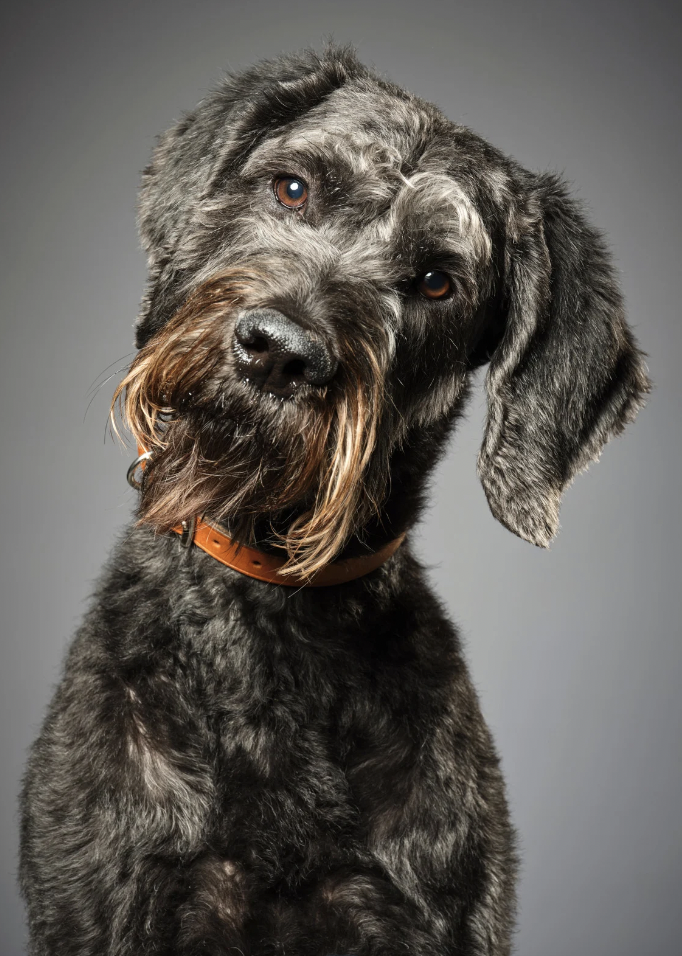
Schnoodles come in four sizes, so when you ask “how big do Schnoodles get?” you’ll need to be more specific. Here are the four different types:
- Giant Schnoodles are a mix of Standard Poodle and Giant Schnauzer
- Standard Schnoodles are a mix of Standard Poodle and Standard Schnauzer
- Miniature Schnoodles are a mix of Miniature Poodle and Miniature Schnauzer
- Toy Schnoodles are a mix of Toy Poodle and Miniature Schnauzer
Because Schnoodles are designer dogs—or a mix of purebred dogs—their size isn’t always set in stone. Some people purchase Toy Schnoodles thinking they will be just 7 pounds, only to end up with a 20-pound dog. This said it’s possible to give a general estimate of how big each variety of Schnoodle will be based on their parentage.
| Height | Weight | |
| Giant Schnoodle | 20–25 inches | 50–80 pounds |
| Standard Schnoodle | 18–22 inches | 30–50 pounds |
| Miniature Schnoodle | 12–14 inches | 15–30 pounds |
| Toy Schnoodle | 10–12 inches | 7–15 pounds |
Schnoodle Health
Like many mixed breed dogs, Schnoodles are less likely to inherit genetic and breed-specific health problems as compared to their purebred parents. Of course, any dog can develop health issues during their lifetime, and even if your dog is a mix, it’s a good idea to become acquainted with possible breed-related health risks.
In the case of Schnoodles, size can have a significant impact on health. For example, the Giant Schnoodle may be more likely to develop hip and elbow dysplasia than smaller Schnoodles, while the Miniature Schnoodle may be more likely to develop neurological conditions like epilepsy.
Size can also impact factors like the life expectancy of a Schnoodle. Smaller dogs are known to live longer than larger dogs, so Toy and Miniature Schnoodles may live longer lives than Giant Schnoodles. Of course, regular visits to the vet, proper diet and nutrition, moderate exercise, and plenty of love can help your Schnoodle live a long life.
Without taking size into consideration, here are a few of the Schnoodle health issues known to affect the breed:
- Eye and vision problems (e.g. cataracts, progressive retinal atrophy)
- Joint issues (e.g. patellar luxation, hip & elbow dysplasia, Legg-Calve-Perthes disease)
- Chronic ear infections
- Epilepsy
- Addison’s disease (a hormone deficiency)
- Diabetes
- Bloat (AKA gastric dilatation-volvulus or gastric torsion)
Where To Buy Schnoodle Puppies
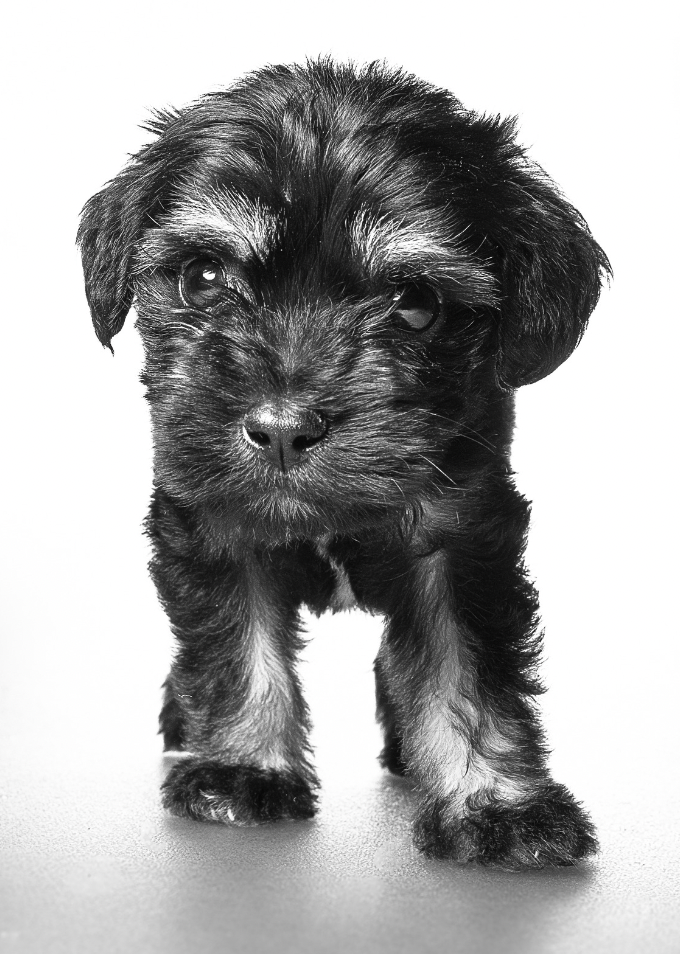
Buying a designer mixed breed can be a little difficult since there is no breeding standard or regulatory oversight. This means needing to find breeders entirely independently since no breed group like the AKC has reviewed or endorsed any. Unfortunately, many breeders of designer dogs are backyard breeders and puppy mills. Whenever possible, it’s best to avoid supporting this kind of breeding. Of course, when it comes to popular mixed breeds, there will be some exceptions.
Our best piece of advice is to do your research. Join Schnoodle forums, talk to other Schnoodle owners, and read reviews of every Schnoodle breeder you come across! Some red flags to look for when vetting different Schnoodle breeders include:
- Extreme prices
- Being told you cannot visit the breeding facility
- Being denied a chance to meet the parent dogs
- Not being allowed to meet the puppies before making a purchase
- Not being shown veterinary and health paperwork
- Not being shown genetic testing results
Remember, good and ethical breeders don’t just want anyone buying their puppies. Well-intentioned breeders are most concerned for the well-being of their dogs and will do their due diligence to not only show you as much information as possible but also to learn as much about you as possible.
Of course, there is always the option to adopt a Schnoodle! There are plenty of mixed breed and designer dogs waiting for homes at shelters and in rescue centers, so we definitely encourage you to consider adopting if you can. A good place to start looking for a rescue Schnoodle is at your local humane society, but you can also check out online resources and breed-specific rescues. Here are a few to get you started:
- Petfinder (find dogs—and other pets—for adoption all over the country)
- Standard Schnauzer Club of America (nationwide Standard Schnauzer and Schnauzer mix rescue)
- IDOG Rescue (nationwide Poodle and Poodle mix rescue)
Discover more hundreds of Schnauzer rescue groups by state here.
Schnoodle Dog FAQ
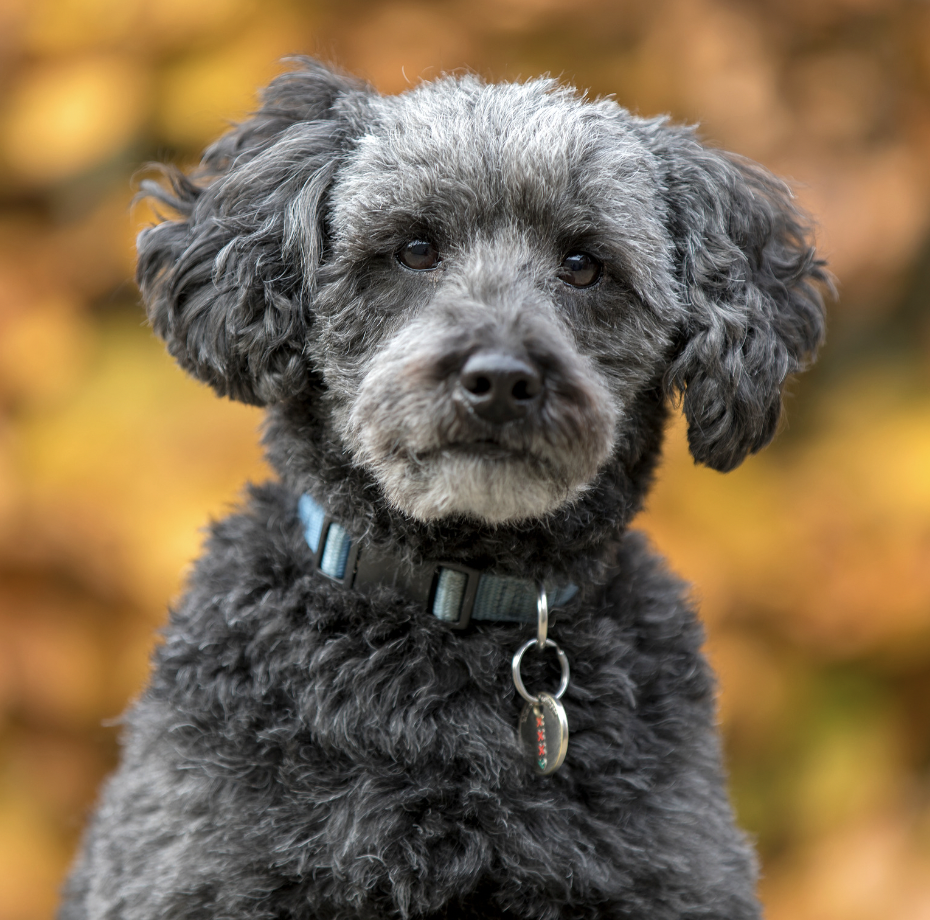
Did we miss anything? Hopefully not, but if we did, here are a few answers to the most frequently asked questions about the Schnoodle like “how long does a Schnoodle live?” and “is a Schnoodle a good dog for someone with allergies?”
How long do Schnoodles live?
The lifespan of Schnoodles is, in part, determined by their size. Smaller Schnoodles will generally live longer than larger Schnoodles, but this mixed breed is overall a healthy, long-lived mix. Here are the expected lifespans for each variety of Schnoodle:
–Giant Schnoodle: 10–15 years
-Standard Schnoodle: 10–16 years
-Miniature Schnoodle: 10–18 years
-Toy Schnoodle: 10–18 years
Are Schnoodles hypoallergenic?
Yes, Schnoodles are considered to be hypoallergenic dogs. This is due to the Poodle parent breed’s hypoallergenic qualities, which often get passed down to the Schnoodle offspring. However, it’s important to note that individual allergies can still vary, so spending time with a Schnoodle beforehand is advisable.
Keep in mind that no dog is truly hypoallergenic, since fur-type can’t reduce the amount of allergen a dog carries. Some low-shedding dogs may drop dander less consistently than moderate and high-shedding dogs, but this isn’t always the case. It’s also important to remember that some people are allergic to dog saliva or urine, not dander, in which case fur type truly won’t help the matter.
If you have a dog allergy, the best way to find out if you will be allergic to a dog is to spend some time together.
Do Schnoodles shed?
Yes, but not very much. Both Poodles and Schnauzers are low-shedding dogs, and their mixed-breed offspring are usually also low-shedding. Of course, all dogs shed at least a little, so don’t be surprised if you find some hair floating around your house. Because Schnoodles are part Poodle, they will likely need regular trips to the groomer for a trim and may need to be brushed between appointments to avoid matting.
What is a Schnoodle?
A Schnoodle is a mix of Poodle and Schnauzer. The type/size of the Poodle and the Schnauzer determines the type of Schnoodle. For example, a Standard Poodle and a Standard Schnauzer make a Standard Schnoodle. They usually have a salt and pepper, black, or liver-colored coat. Schnoodles are known for their intelligence, playful nature, and friendly temperament.
How much exercise do Schnoodles require on a daily basis?
Schnoodles are an active breed and benefit from regular exercise to keep them happy and healthy. They generally require around 30 to 60 minutes of exercise each day, which can be in the form of walks, playtime, or engaging mental activities.
What kind of coat does a Schnoodle have?
Schnoodles can have a variety of coat types, but the most common is a double coat. This means they have a soft and dense undercoat, along with a wiry or curly topcoat. The coat can vary in texture and may require regular grooming to prevent matting.
Do Schnoodles get along well with children and other pets?
Schnoodles are generally sociable dogs and tend to get along well with children and other pets when properly socialized. Early exposure to different people, animals, and environments can help shape their behavior positively, fostering good relationships with others.
Are Schnoodles easy to train?
Schnoodles are highly intelligent and eager to please, making them generally easy to train. They respond well to positive reinforcement methods and enjoy mental stimulation. Consistency, patience, and positive reinforcement techniques can help you train your Schnoodle effectively.
What are some common health issues that Schnoodles may face?
Schnoodles are generally healthy dogs, but they can be prone to certain health issues inherited from their parent breeds. Some common health concerns in Schnoodles may include hip dysplasia, progressive retinal atrophy (PRA), and certain skin conditions. Regular vet check-ups, a balanced diet, and exercise can help maintain their overall health and well-being.
Related Article:
- 67 Shades of Doodles: Discovering the Charm of These Popular Designer Dogs
- Are Schnauzers Hypoallergenic? Separating Fact From Fiction
- Weimardoodle: Not Suitable For These Types of People

